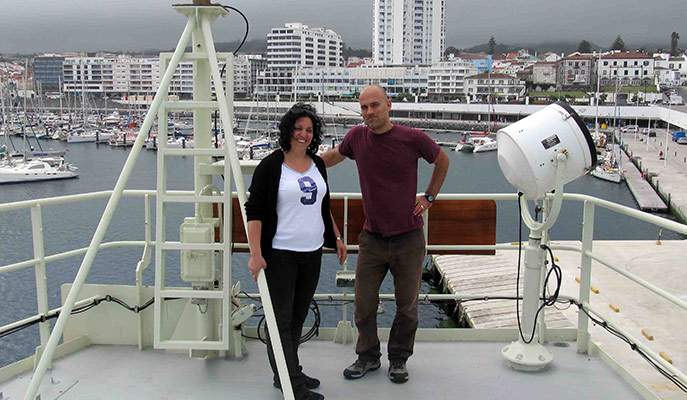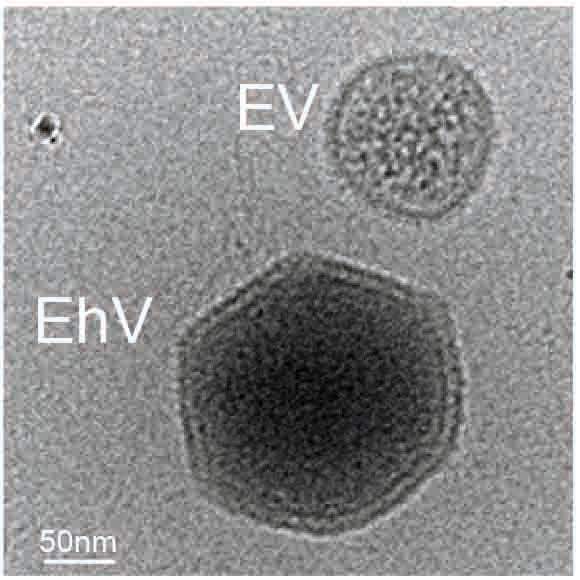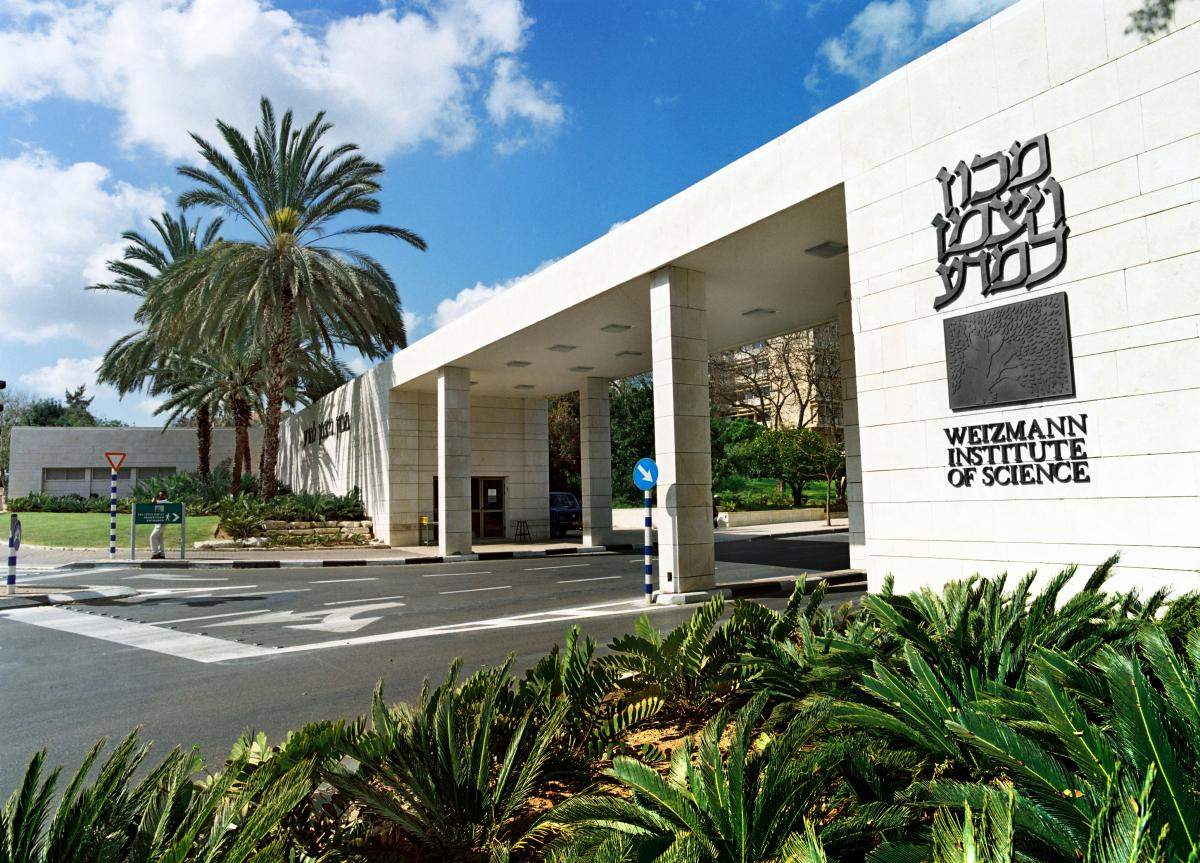Are you a journalist? Please sign up here for our press releases
Subscribe to our monthly newsletter:
Are you a journalist? Please sign up here for our press releases

Surely some of the most dramatic events on Earth are the giant blooms of single-celled phytoplankton that spread over thousands of kilometers of ocean within a week or two and then disappear just as rapidly. Thanks to the work of Prof. Assaf Vardi of the Weizmann Institute of Science and others, we now know that the disappearance is due, in large part, to massive viral infection. New research in his lab that was recently reported in Nature Microbiology reveals a previously unknown offensive tactic that the viruses use to increase their ability to infect new cells.
Vardi, whose lab is in the Institute’s Plant and Environmental Sciences Department, explains that his group focuses on particular messages sent out from infected cells – neatly packaged “messages in bottles” known as extracellular vesicles, or EVs for short.
Do these EVs, as was thought, help the other cells evade the viral invasion – acting as decoys, for example – or do they serve another purpose? Indeed when the team, led by Dr. Daniella Schatz of his group, investigated these EVs, they found that the material inside was mainly RNA from the cell itself. Nonetheless, in lab experiments with phytoplankton and the viruses that infect them, it became apparent that the EVs were aiding the infection process. When they added EVs to uninfected cells and then introduced viruses, the infection process proceeded much more efficiently than in cells that had not been pre-exposed to EVs.

“The virus not only hijacks the cells’ replication machinery, it hijacks the communication process as well,” explains Schatz. “Packaged in cellular material, the ‘message in a bottle’ can now be targeted to other cells of the same species.”
Although they do not know the exact mechanism by which the EVs pave the way for increased infectivity, the researchers hypothesize that the targeting may, among other things, help certain viruses that infect just one particular strain of phytoplankton find their next victims. Their experiments showed that a cell does not even need to be infected to produce the EVs: The infected cells release a communication signal, which researchers have not yet identified, that induces EV production in their neighbors.
The researchers think that wide-scale EV production may change the balance of virus populations over the course of infection, possibly giving an advantage to those that infect just one species or are initially slower to spread. In addition, they believe that further research into EVs may help answer questions about how the viruses manage to avoid decaying during the hours of strong UV radiation and how they survive for most of the year between blooms.
The virus not only hijacks the cells’ replication machinery, it hijacks the communication process as well
Vardi and Schatz add that EV research has come to the fore in recent years, as cancer cells have been found to release EVs termed exosomes, among other things, when scouting out new organs for metastasis. Research in another Weizmann Institute lab has also found a similar EV escalation process in malaria infection. But this is the first known instance of virus-induced EVs in the marine environment. “Because the photosynthetic plankton store carbon and release oxygen, they are vital to the environment of the entire planet,” says Vardi. “Yet we still have so much to learn about their microscale interactions and modes of communication in order to understand the amazingly dynamic phenomenon of large-scale phytoplankton blooms.”
Also taking part in this research were Dr. Shilo Rosenwasser, then of Vardi’s lab, Dr. Ester Feldmesser and Dr. Sergey Malitskyof the Life Sciences Core Facilities, and Dr. Sharon G. Wolf of the Chemical Research Support Department.
Prof. Assaf Vardi's research is supported by the Mary and Tom Beck-Canadian Center for Alternative Energy Research; the David and Fela Shapell Family Foundation INCPM Fund for Preclinical Studies; the de Botton Center for Marine Science; the Benoziyo Fund for the Advancement of Science; Angel Faivovich Foundation for Ecological Research; the Rothschild Caesarea Foundation; Dana and Yossie Hollander; the Brazil-Israel Energy Fund; and Scott Eric Jordan.

Our website uses cookies to enhance user experience by remembering your preferences and analyzing website traffic.
For more information about how we use cookies please read our